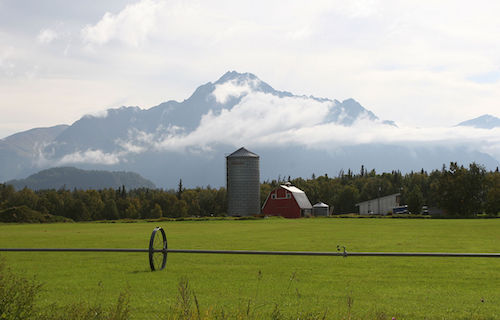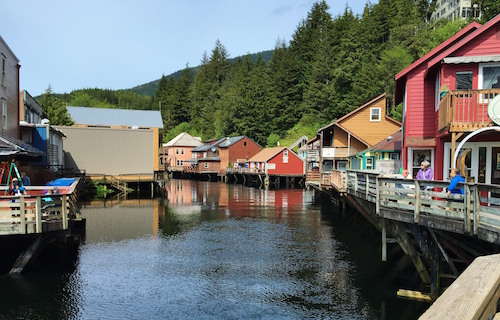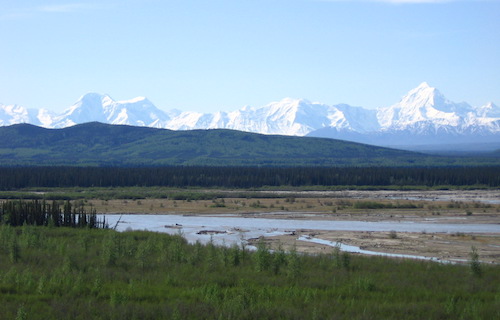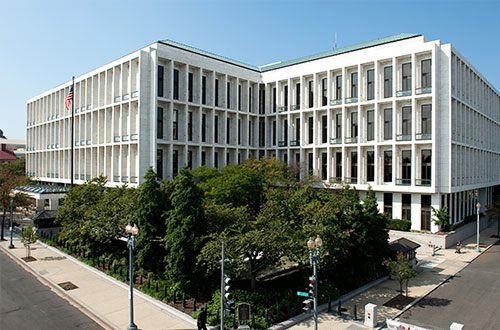Murkowski Engages with Education and Labor Nominees on Alaska Priorities
Washington, DC – This week, the Senate Committee on Health, Education, Labor, and Pensions (HELP) held a hearing to consider the nominations of Dr. Penny Schwinn to be Deputy Secretary of Education, Kimberly Richey to be Assistant Secretary for Civil Rights at the Department of Education (ED), Daniel Aronowitz to be Assistant Secretary of Labor for the Employee Benefits Security Administration (EBSA), Department of Labor (DOL), and David Keeling to be Assistant Secretary of Labor for the Occupational Safety and Health Administration (OSHA).
U.S. Senator Lisa Murkowski (R-AK), pressed the nominees on a number of Alaska priorities, including requirements to meaningfully engage with Tribal representatives on education policy, support for State-Tribal Education Compact Schools (STECs), the importance of clear regulations for Employee Stock Ownership Plans (ESOP), and ensuring the National Institute for Occupational Safety and Health (NIOSH) has the resources to support Alaska’s employees’ safety.
Click here to watch the Senator’s full line of questioning.
The full transcript of Murkowski’s questions during this week’s HELP hearing is below.
TRANSCRIPT
Murkowski: Thank you, Mr. Chairman, and welcome ladies and gentlemen. Thank you, for your willingness to serve.
I want to start with you, Dr. Schwin. As you know Alaska has the greatest number of Indian Tribes in any state. A lot of the focus now on what more we can be doing on the education front. Alaska Native leaders, and parents are really interested in doing more when it comes to self-determination over their children’s education.
In the last reauthorization of ESSA, I included language to require states and school districts to engage in meaningful consultation with tribal representatives. Unfortunately, we haven’t seen a lot of engagement as we had hoped since 2017, and it’s been across multiple administrations here. So, I would just like to put this to your attention. Recognizing that it is important to meet the requirements of meaningful consultation, whether it is in the Department of Education, or whether it is in Interior, it is across our government and so I put that in front of you here today.
Another issue that I’d like to bring to your attention, the State of Alaska is moving forward with a pilot program to create what we call STEC [State Tribal Education Compact] Schools. Secretary McMahon has met with some of the STEC school’s representatives. This would effectively, with this education compact with the tribes, would be public schools that are open to all students to offer culturally relevant educational models. I don’t know if you’ve been brought up to speed, if you’ve had any conversations on these, but we’re hoping that you would be able to effectively advocate for additional support as we move forward with these initiatives in Alaska.
Dr. Schawn: Thank you. I will go ahead and say that your staff gave me a little bit of information and gave me some information to follow up on, if I’m so confirmed. But I really look forward to working with your office on that and want to just congratulate you on what I think is a really innovative program and look forward to seeing more about it.
Murkowski: Well, feel like we need to be innovative because the status quo has not helped our Native students. When our Native students did not do well, Alaskan students writ large do not do well. So, we want to be doing more in this area.
Let me turn to you, Mr. Aronowitz. You’re probably very familiar with the angst that’s been expressed by some about the need for a single clear regulatory definition of good-faith effort for valuing ESOP stock. The concern is that instead of having a clear definition that’s spelled out in regulation, ESOPs have been operating under this kind of patchwork of litigation and investigation. There’s also been some concern that the department has taken excessive enforcement actions against ESOPs. Can you speak very briefly to your views on these?
Mr. Aronowitz: I believe that Congress wants ESOPs, and everybody’s for ESOPs except the Department of Labor the last 20 years, and I will end the war on ESOPs. I think it’s the best way for employees to get an additional benefit, and ownership in an American company. The valuation companies have all been sued by the Department of Labor, that can’t be right that every single one of them are doing it wrong. What the department is doing is nitpicking the professional judgment of the valuation professionals. I’m going to put an end to that, because I think unless there is a clear conflict of interest, then the valuation is appropriate, when done by an independent valuation firm.
Murkowski: Well, there are so many in my state where the ESOP is really looked at and valued as that commitment to not only business, but employee security as well. So, thank you for that.
Mr. Keeling, OSHA has traditionally relied on NIOSH data and recommendations for many of the workplace safety standards. I come from a state where we, unfortunately, have a high incidence of accidents on the workforce. The commercial fishing industry has been tagged as one of the most dangerous occupations in the country. We have significant and severe wildfires every year, so we worry about health and safety risks to our firefighters. We have seen the administration moving forward with some pretty significant cuts to NIOSH, and I’m concerned that this is going to hamper some of the vital research that’s out there. So, I don’t know if you can speak to whether we have a plan on how we fill the data and information gap if NIOSH is unable to produce what we need in terms of timely data and recommendations, as you work to inform rule making.
Mr. Keeling: Yes, Senator. Thank you for the question.
There is a gap if you will, if NIOSH doesn’t exist, right? But there are ways through that, I think. Use of private entities to fill some of those gaps. Obviously, I’m not in place, I have not spoken to anyone on the career side from OSHA on that point, and NIOSH doesn’t directly report to the Department of Labor, so, there’s a little bit of a difference there, a separation there, as well. I will have questions as well, if I’m lucky enough to be confirmed, about how we do that. But I think there are paths through. I think through using the professional groups that are out there, and by using some private resources, there are ways to fill the gap. Not necessarily easily, but there are ways.
Murkowski: Right. we don’t want to see those gaps. Thank you, Mr. Chairman.
###








